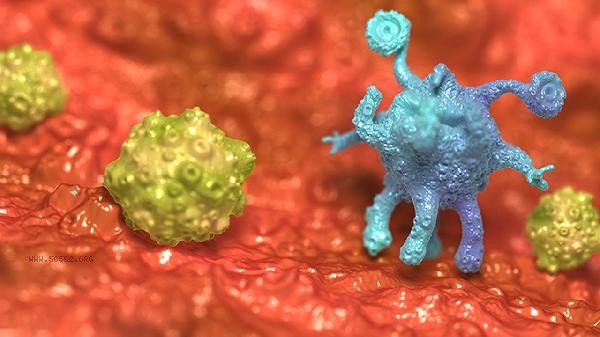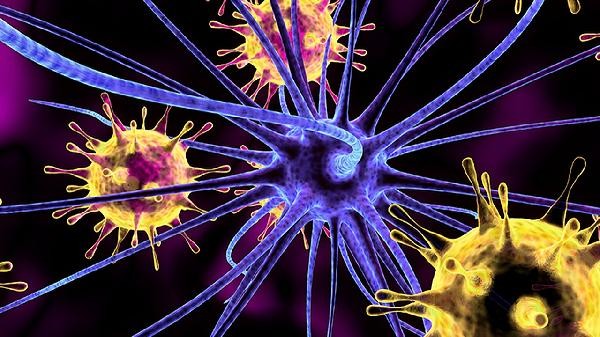Low monocyte count is usually not an early specific manifestation of cancer and may be caused by factors such as viral infections, drug effects, and blood system diseases. Common causes of monocyte depletion include acute infection recovery period, glucocorticoid use, aplastic anemia, splenic hyperfunction, etc.

1. Viral infection: During the recovery period of acute infections such as EB virus and influenza virus, there may be a temporary decrease in monocytes. When the virus inhibits bone marrow hematopoietic function, it may be accompanied by an increase in lymphocyte proportion. This condition usually does not require special treatment, and the blood routine can recover on its own after 2-4 weeks.
2. Drug factors:
Long term use of glucocorticoids, chemotherapy drugs, or immunosuppressants can inhibit monocyte production. When the daily dosage of prednisone exceeds 20 milligrams, it may cause white blood cell redistribution and lead to a decrease in monocyte count. After discontinuing the medication, most patients' indicators can gradually return to normal.
3. Hematological disorders: In patients with aplastic anemia, when there is a decrease in whole blood cells, the absolute value of monocytes is often below 0.1 × 10 ⁹/L. Myelodysplastic syndrome may present with pathological hematopoiesis and a decrease in monocytes simultaneously. This type of disease requires a clear diagnosis through bone marrow puncture.
4. Spleen problems:

Overfunction of the spleen can accelerate the destruction of blood cells, leading to a decrease in monocytes. Patients with cirrhosis, portal hypertension, and chronic hemolytic disease may experience splenomegaly accompanied by decreased platelets and white blood cells. Abdominal ultrasound examination can evaluate spleen volume.
5. physiological fluctuations:
There is a circadian rhythm in the monocyte count of healthy individuals, and the morning detection value may be 15% lower than that in the afternoon. Intense exercise and stress can also cause temporary reduction in monocytes, which often returns to normal after 24 hours of follow-up examination.
It is recommended to conduct further evaluations such as peripheral blood smear and bone marrow examination when the monocyte concentration remains below 0.1 × 10 ⁹/L. Daily intake of animal liver and egg yolks rich in vitamin B12 can be supplemented in moderation to avoid overexertion. Abnormal blood routine should be judged comprehensively based on clinical manifestations. Mild reduction of monocytes alone does not require excessive anxiety, and regular follow-up monitoring of changes is more important.









Comments (0)
Leave a Comment
No comments yet
Be the first to share your thoughts!